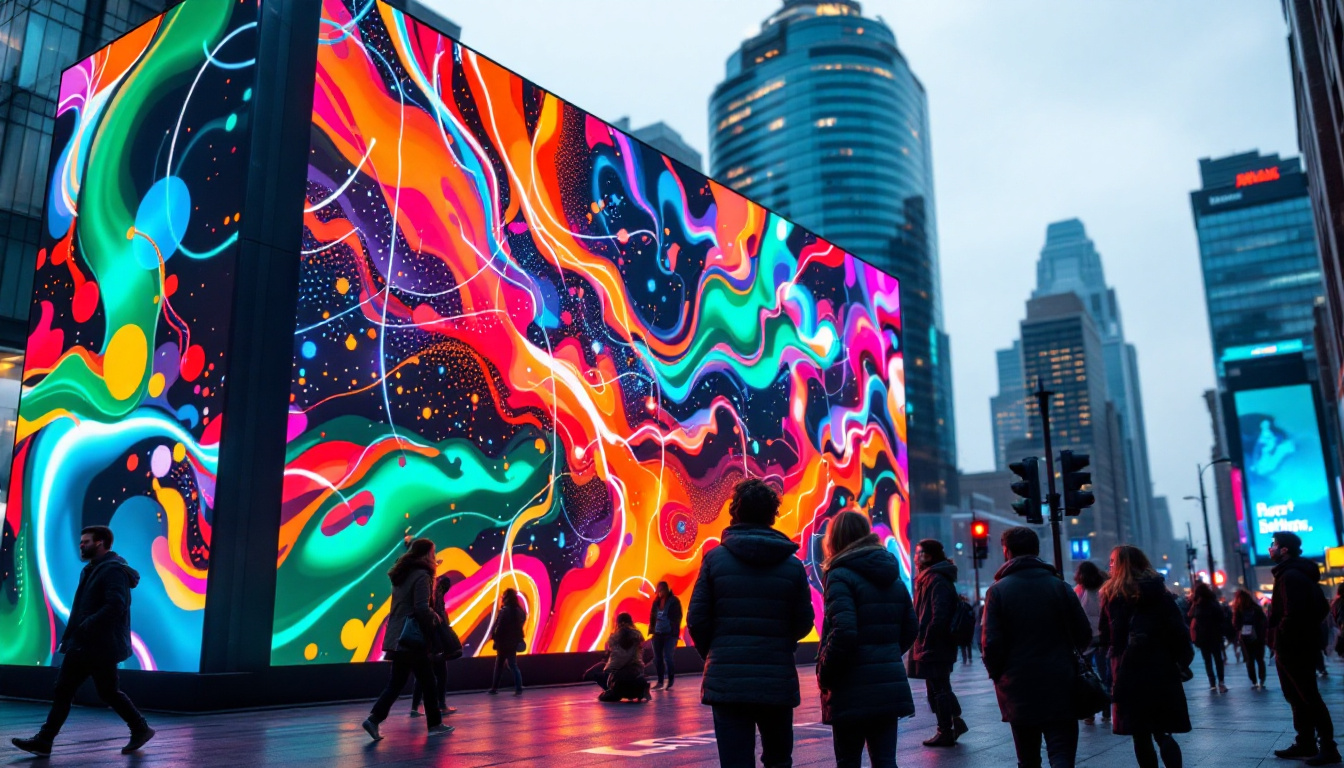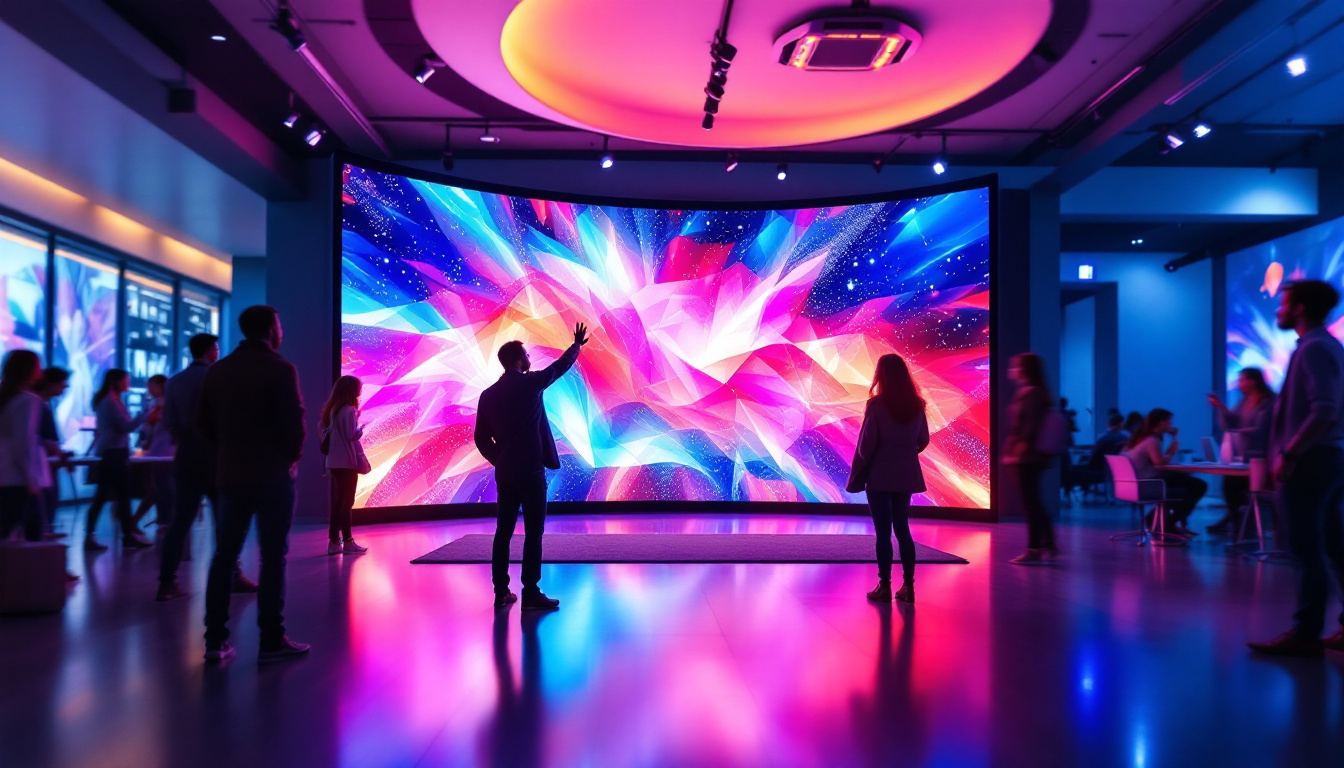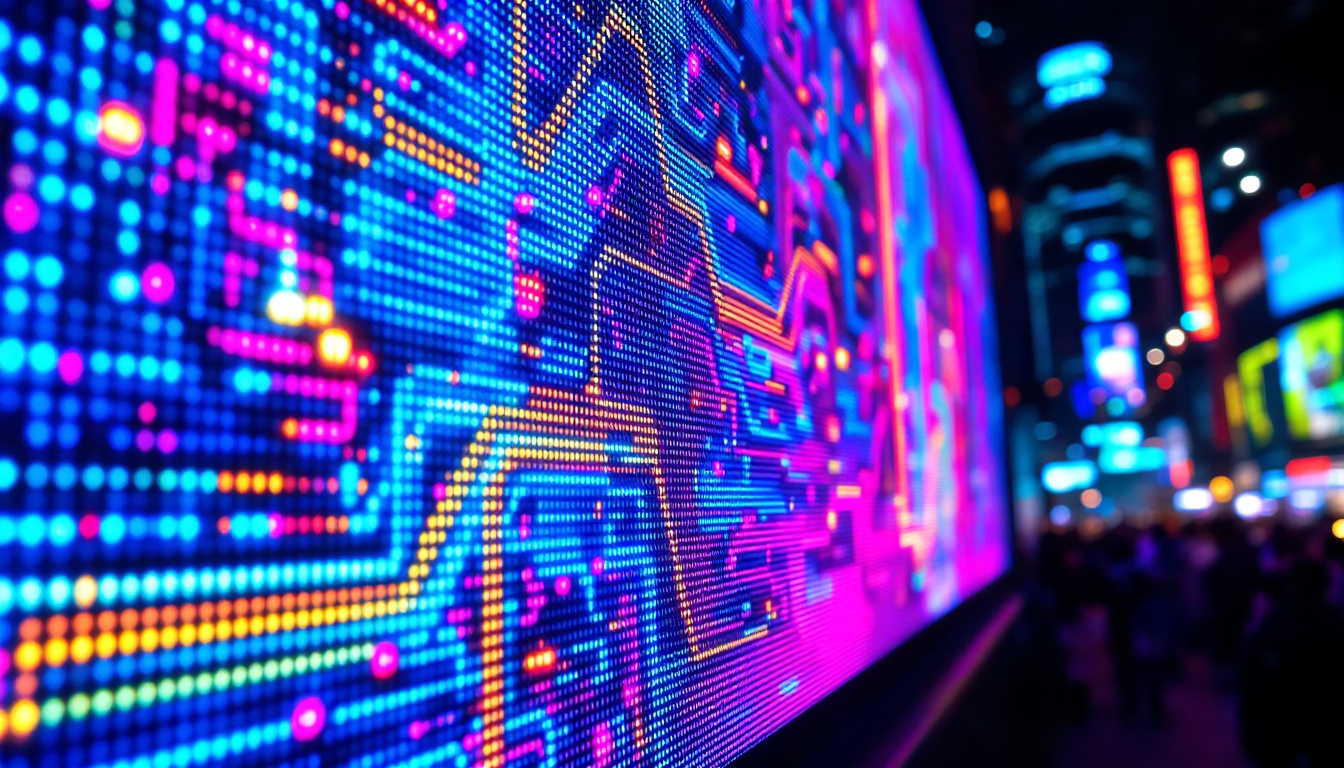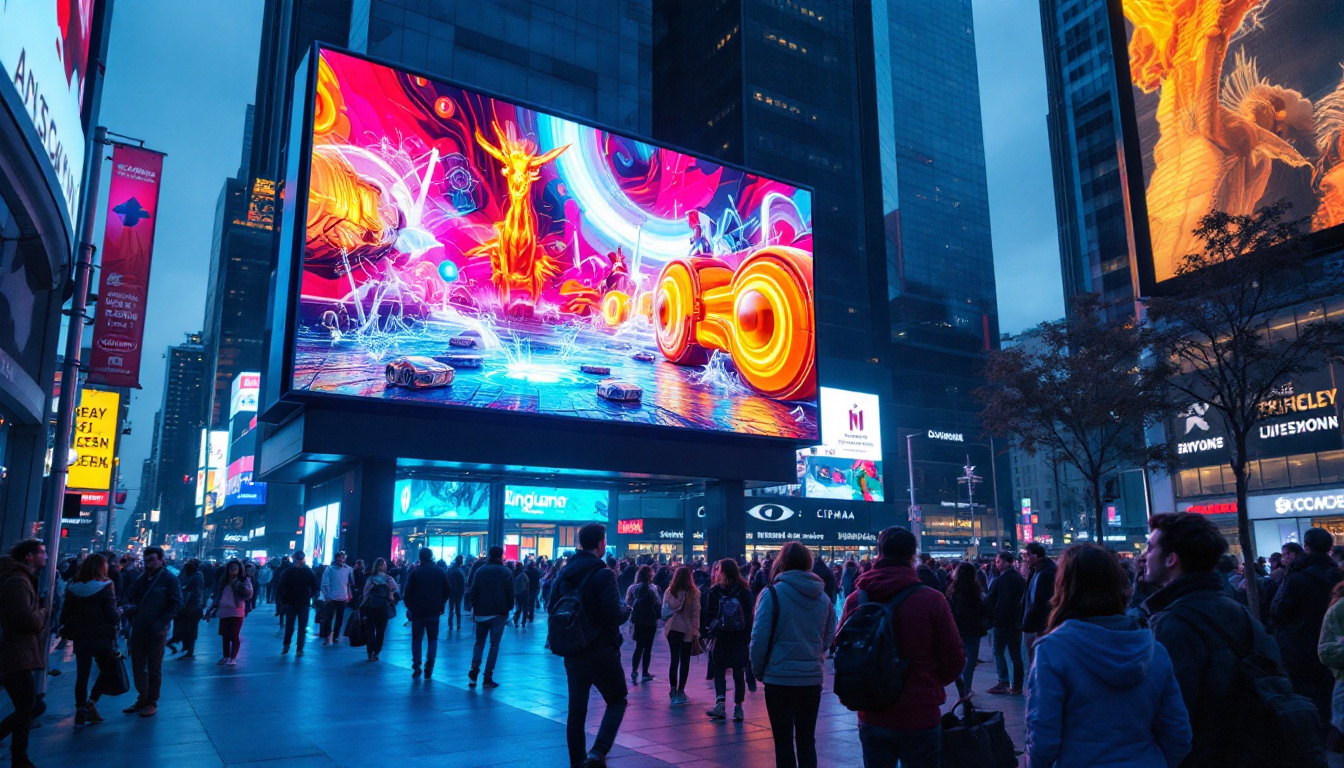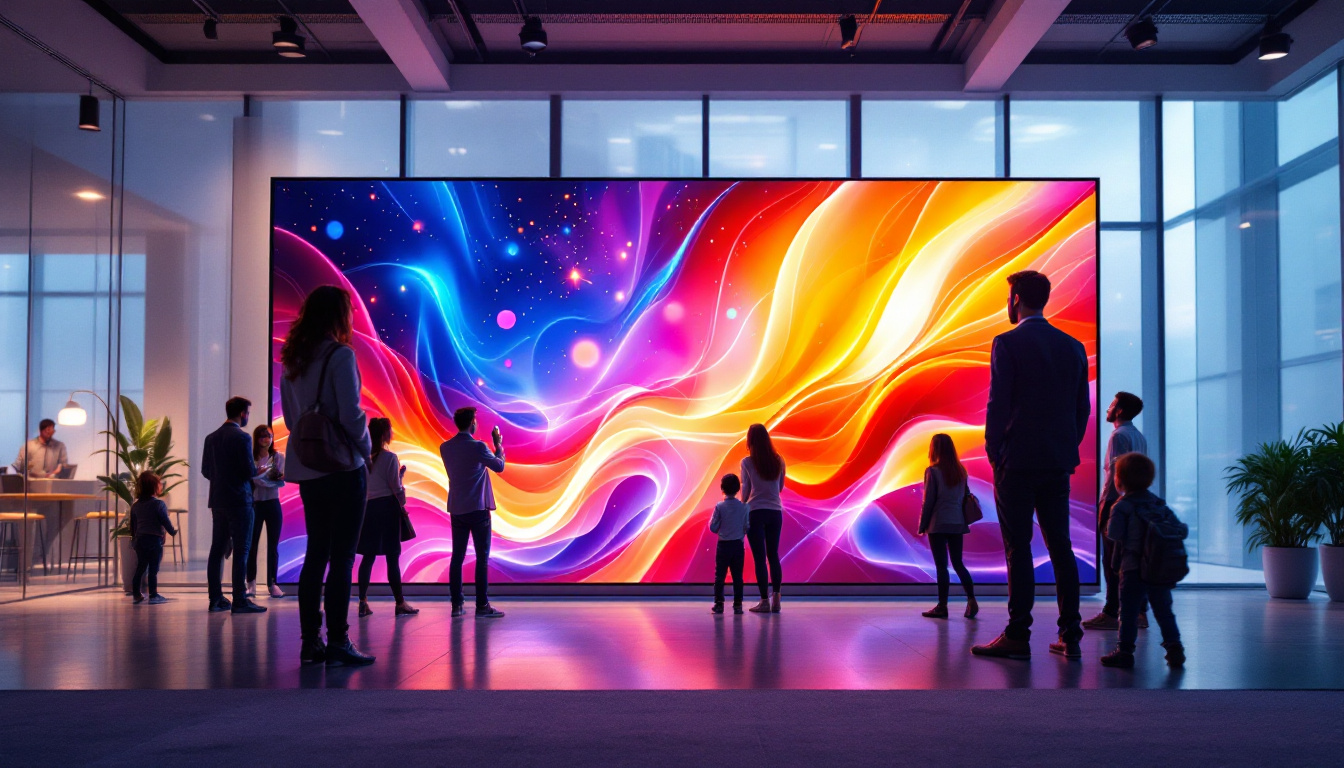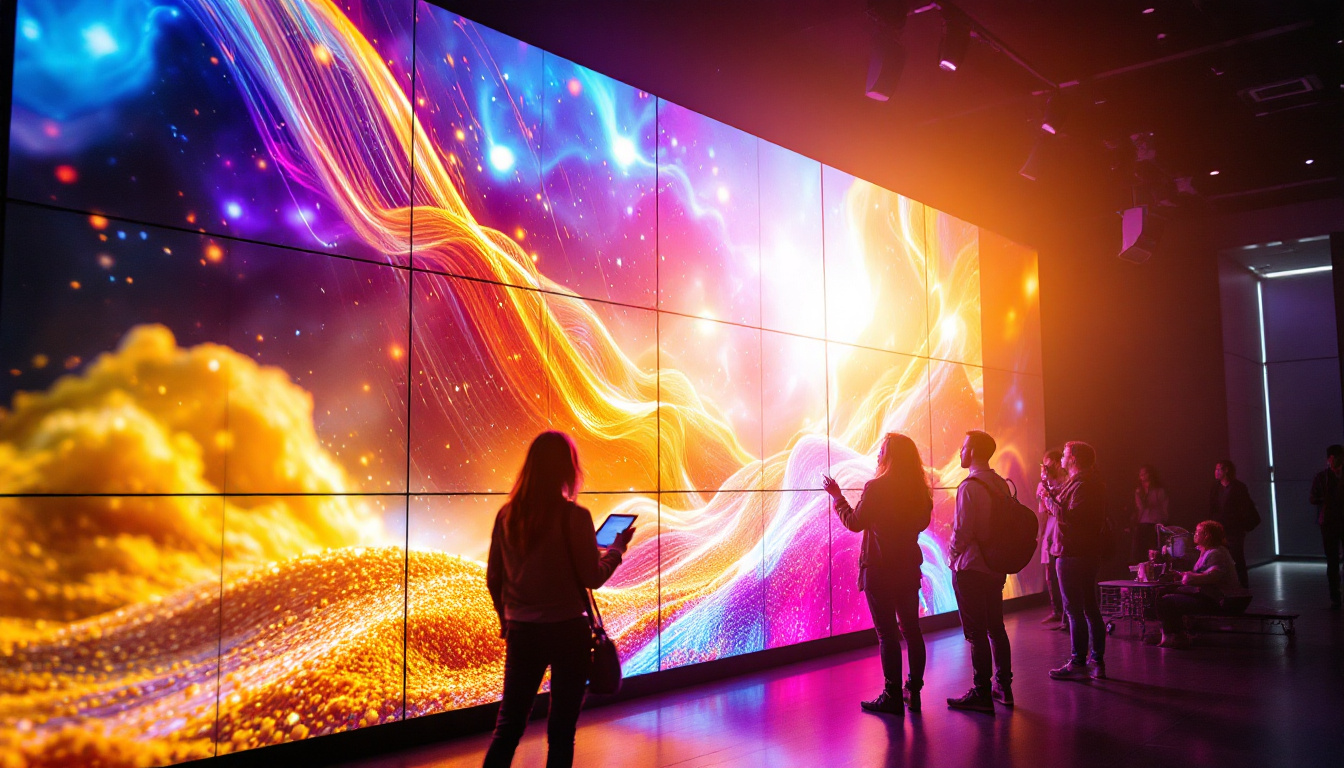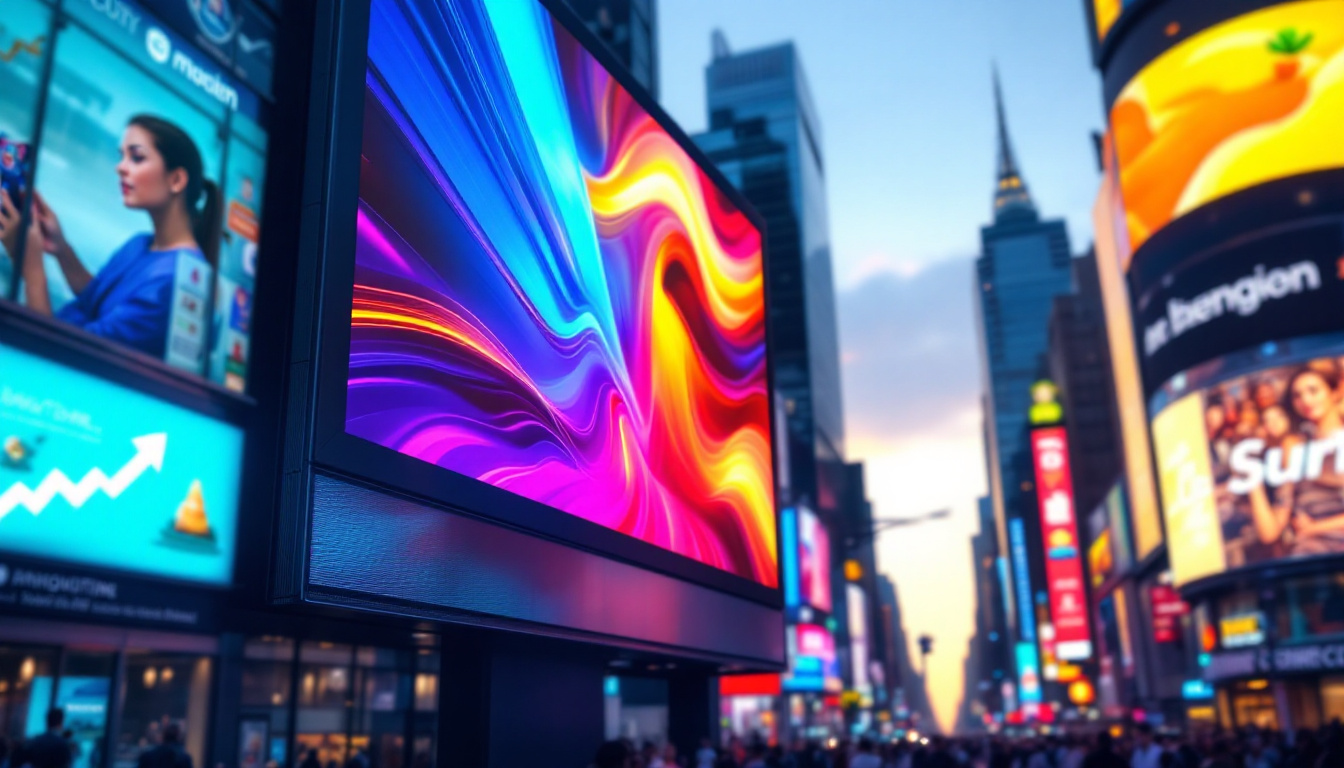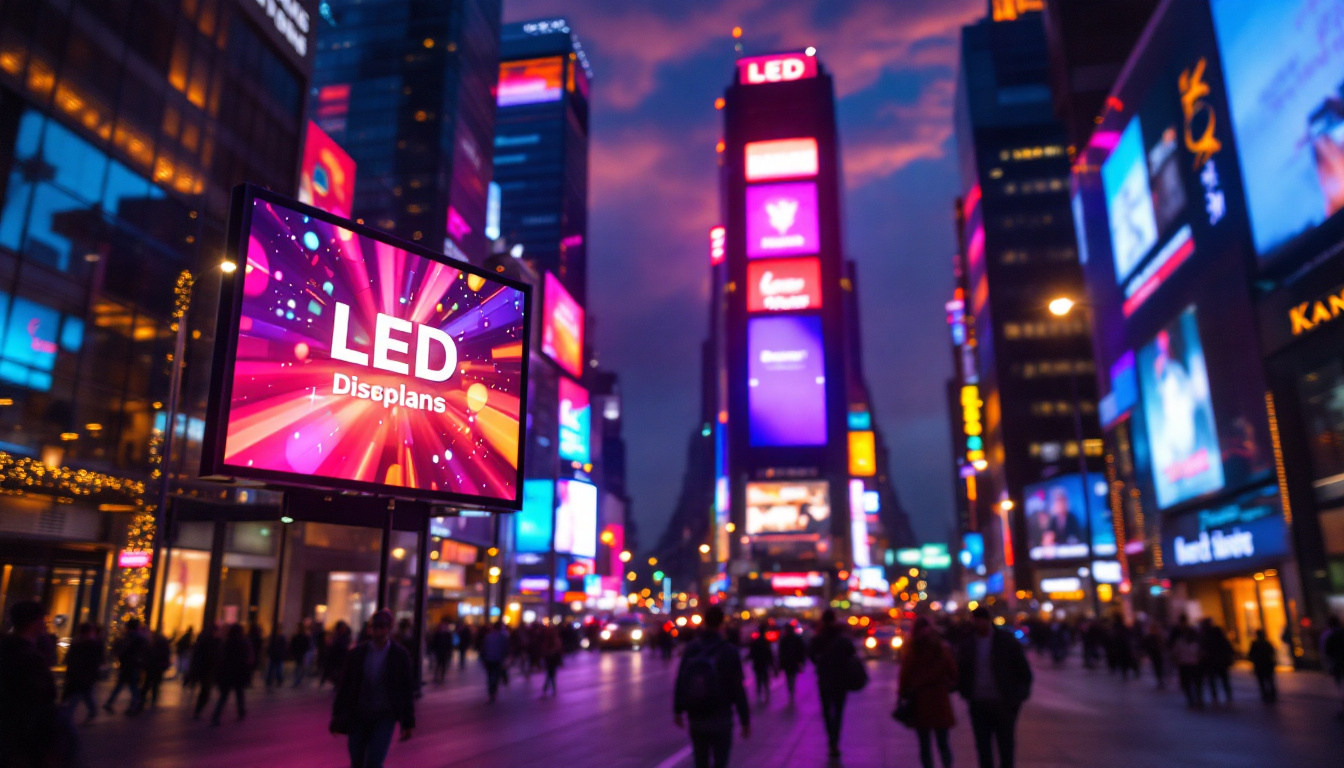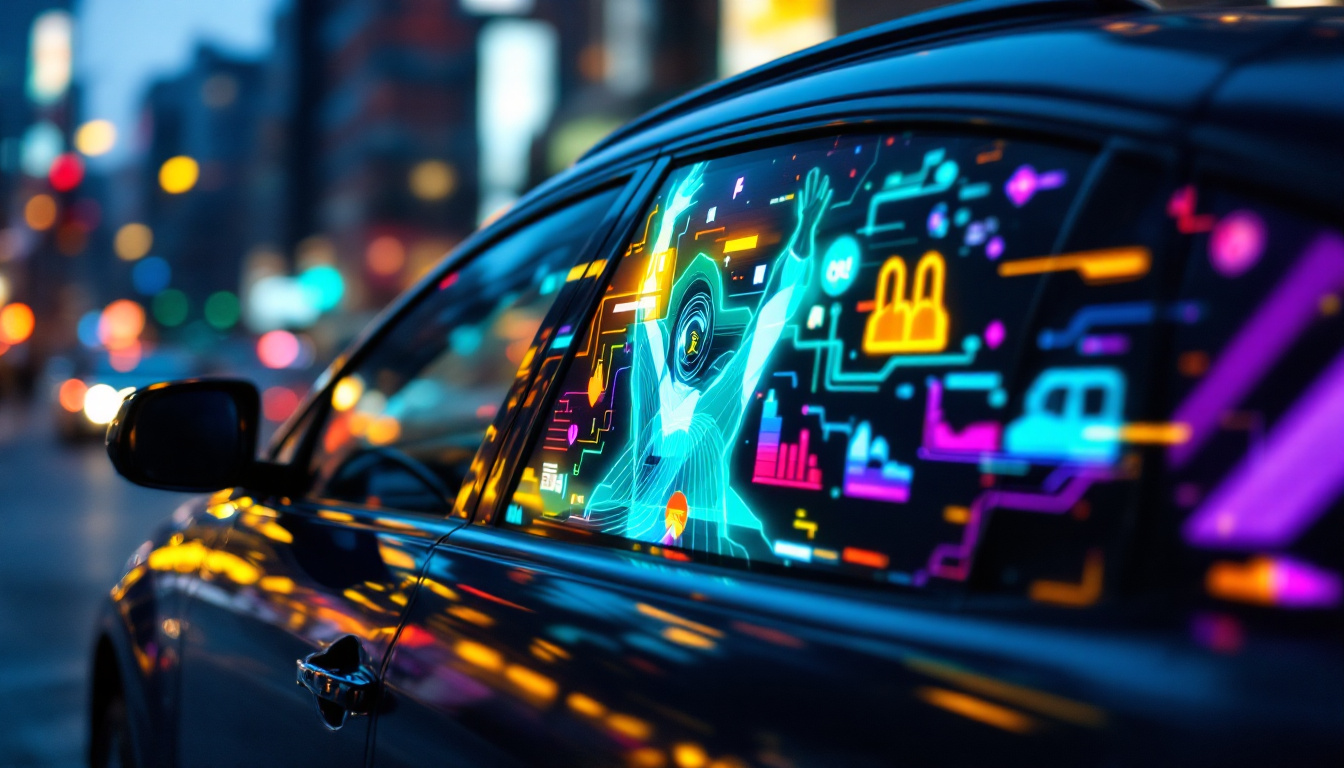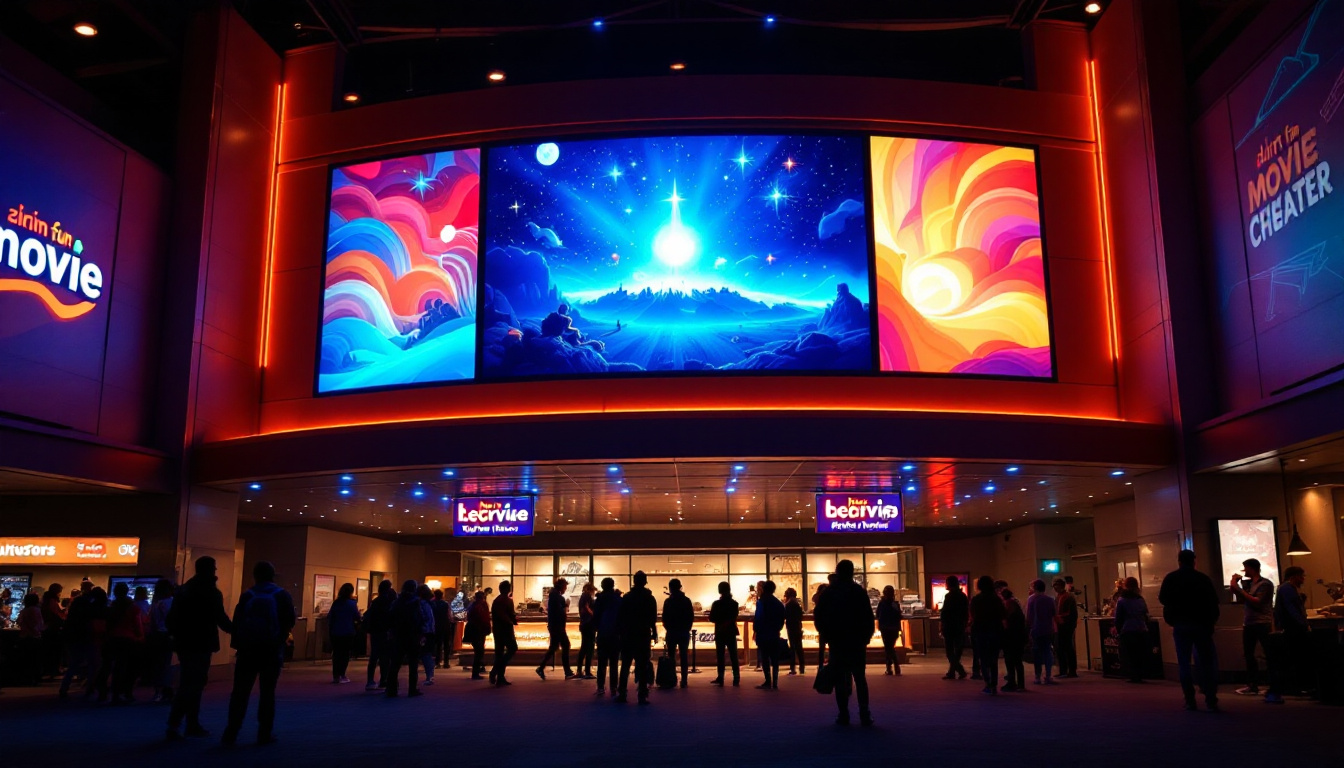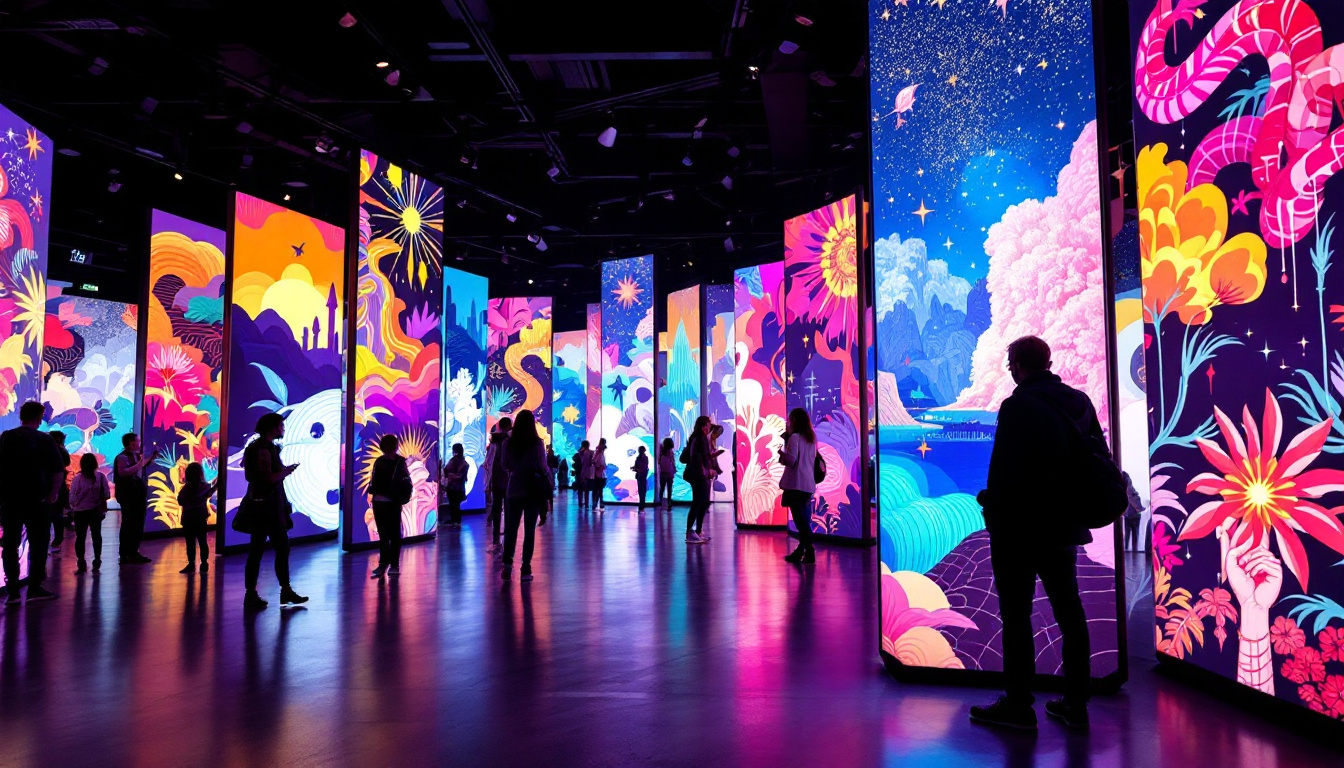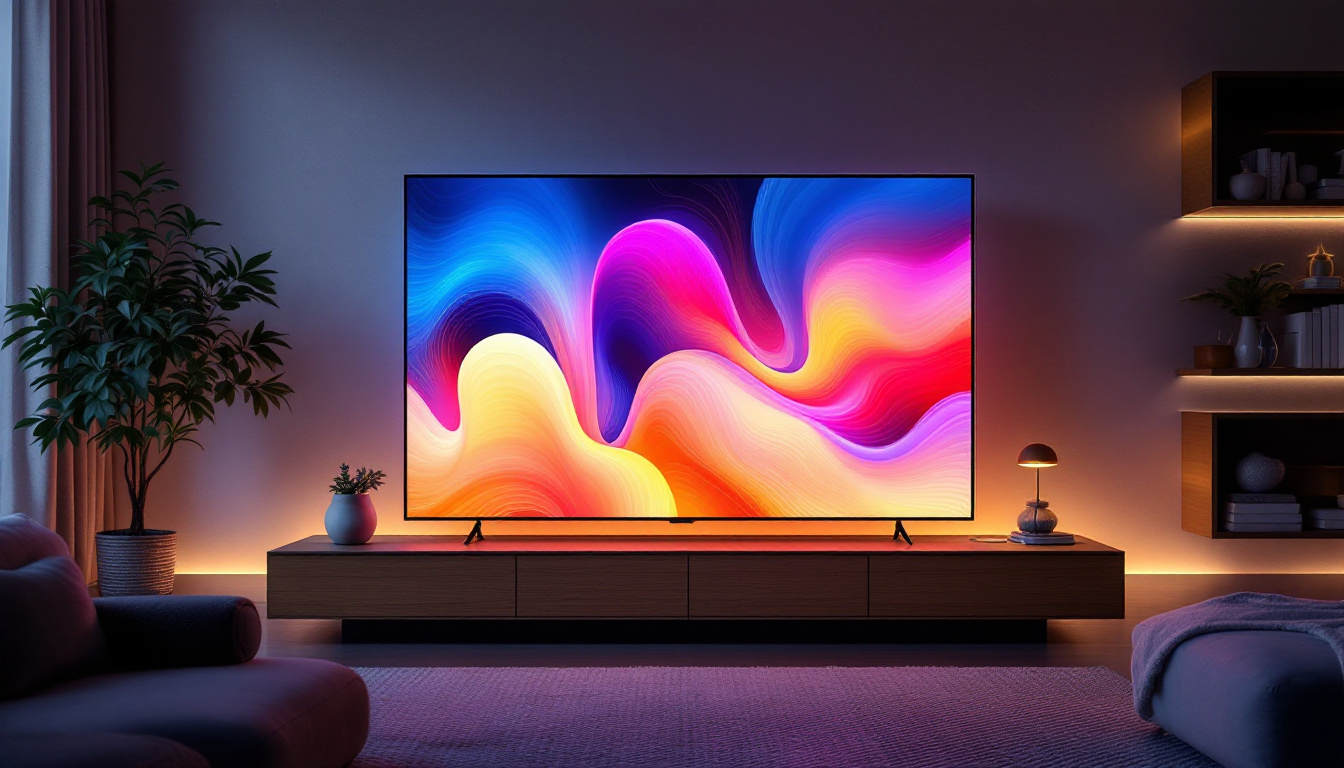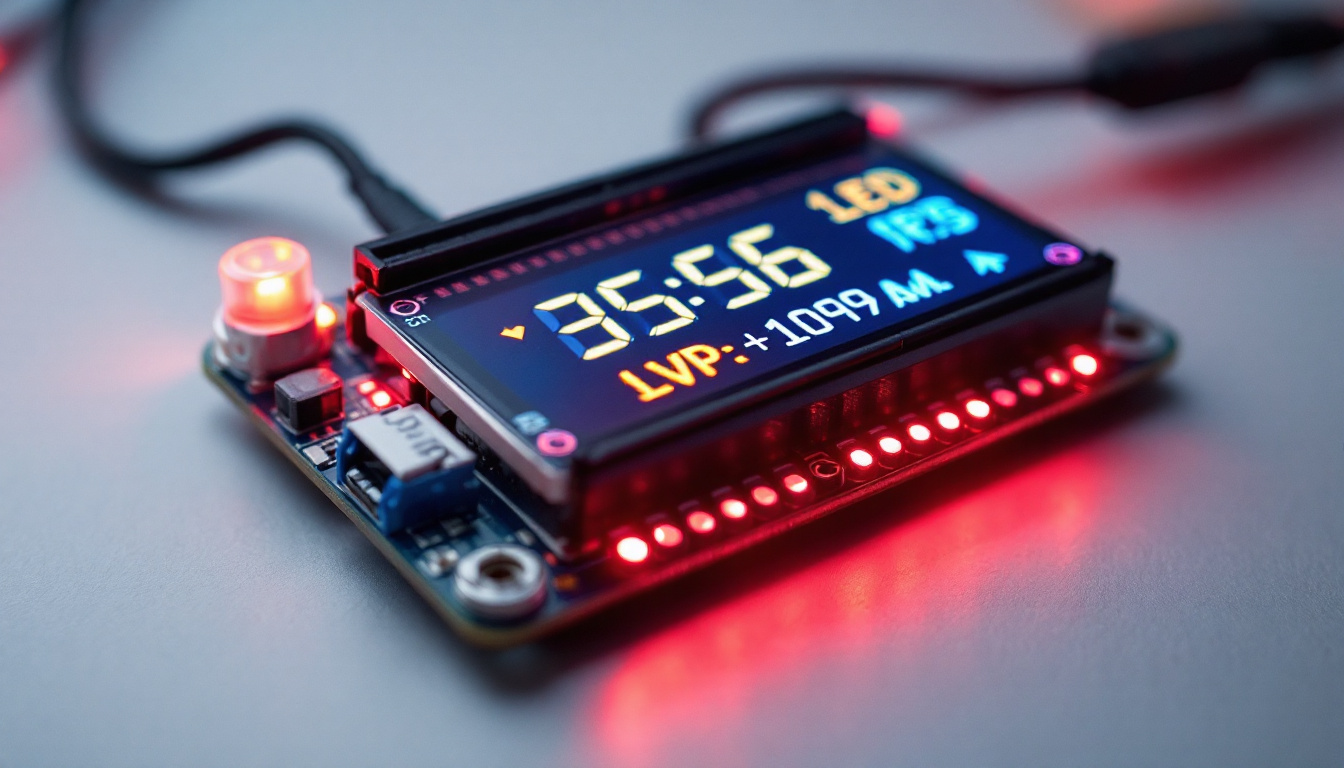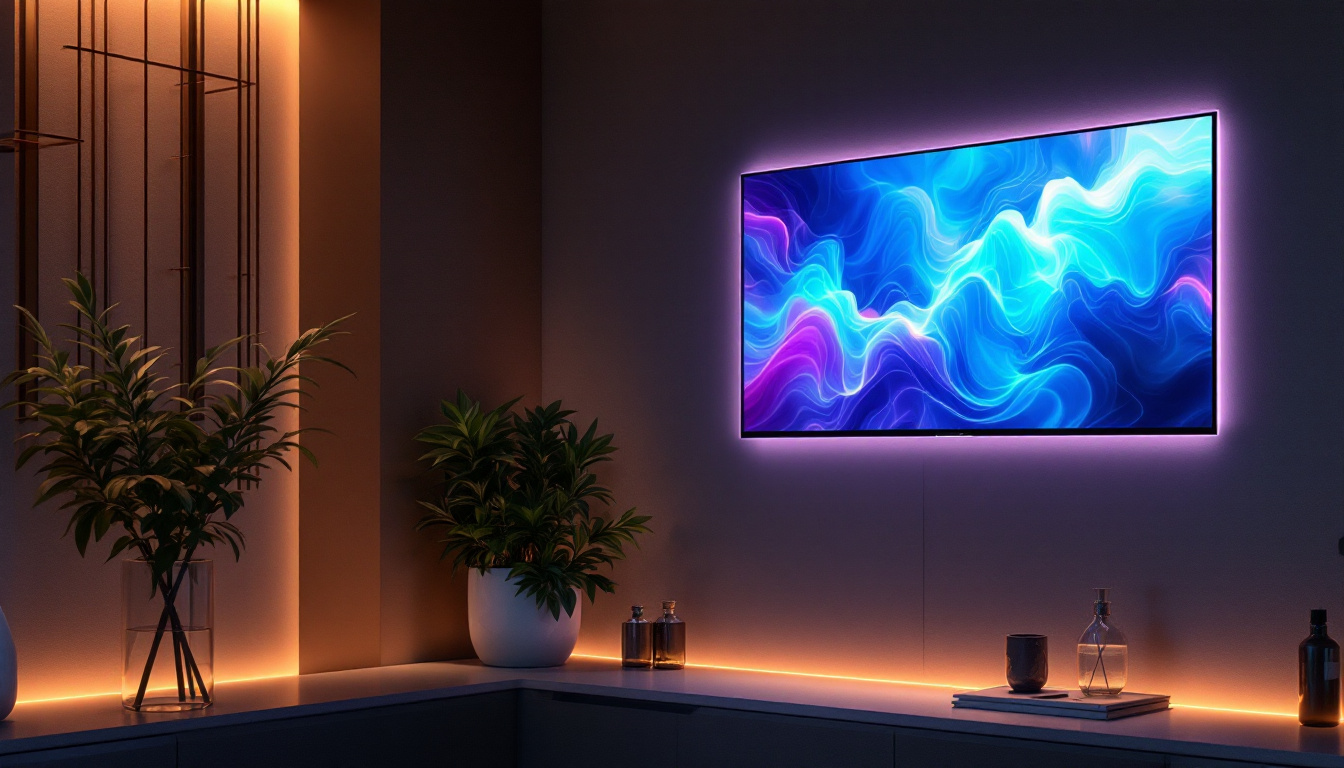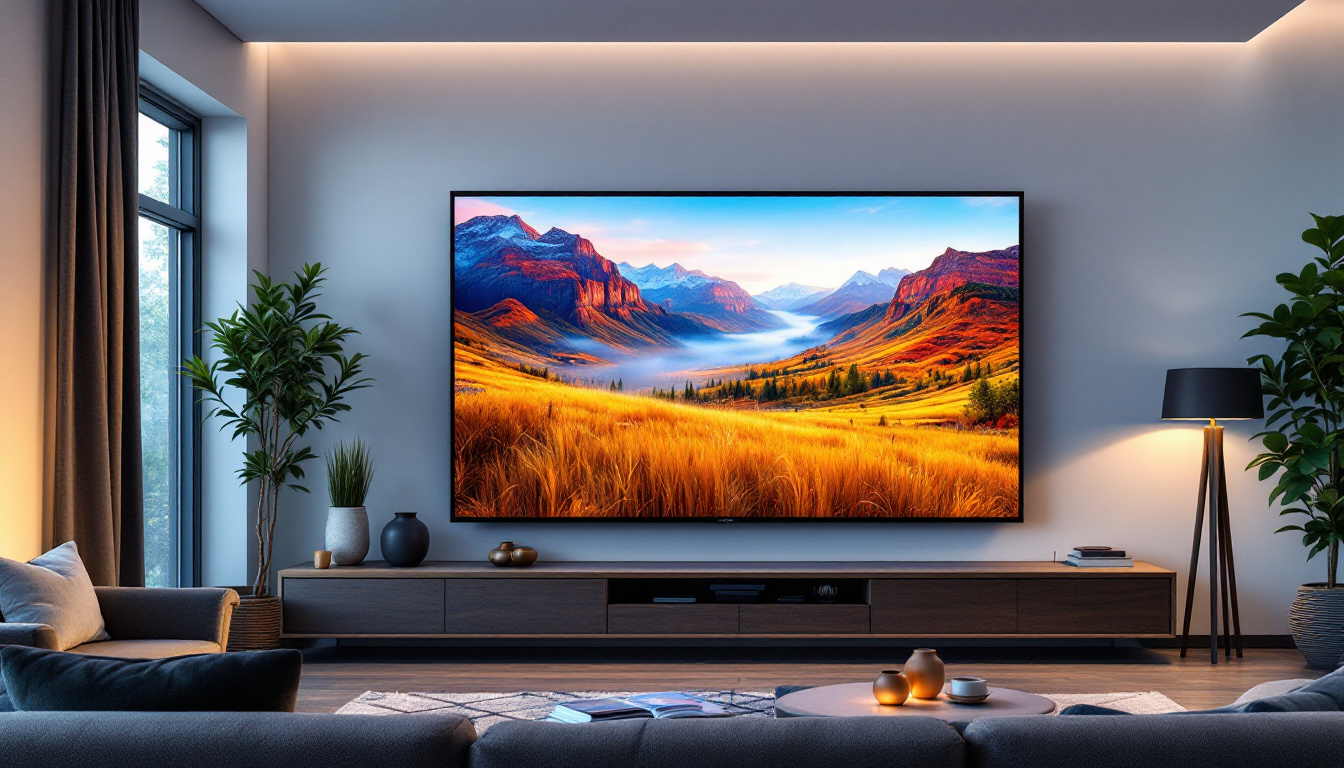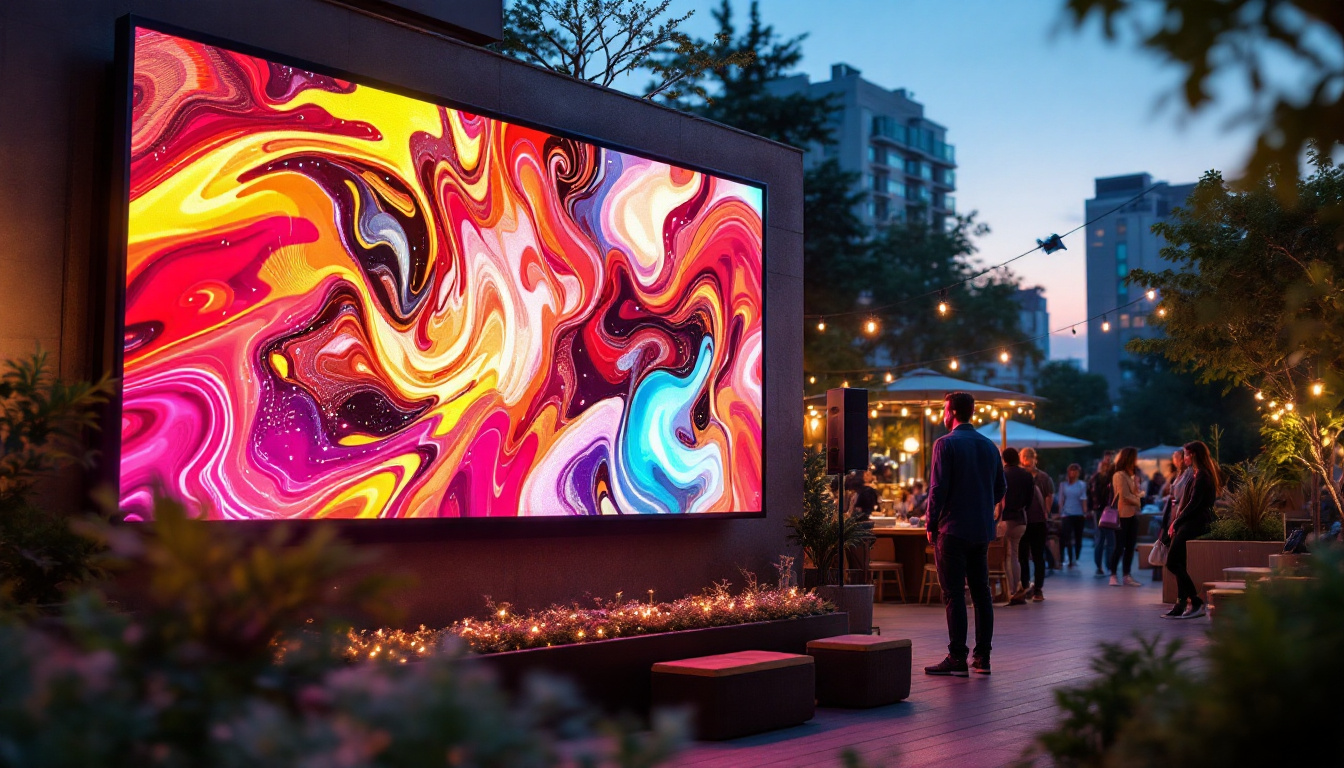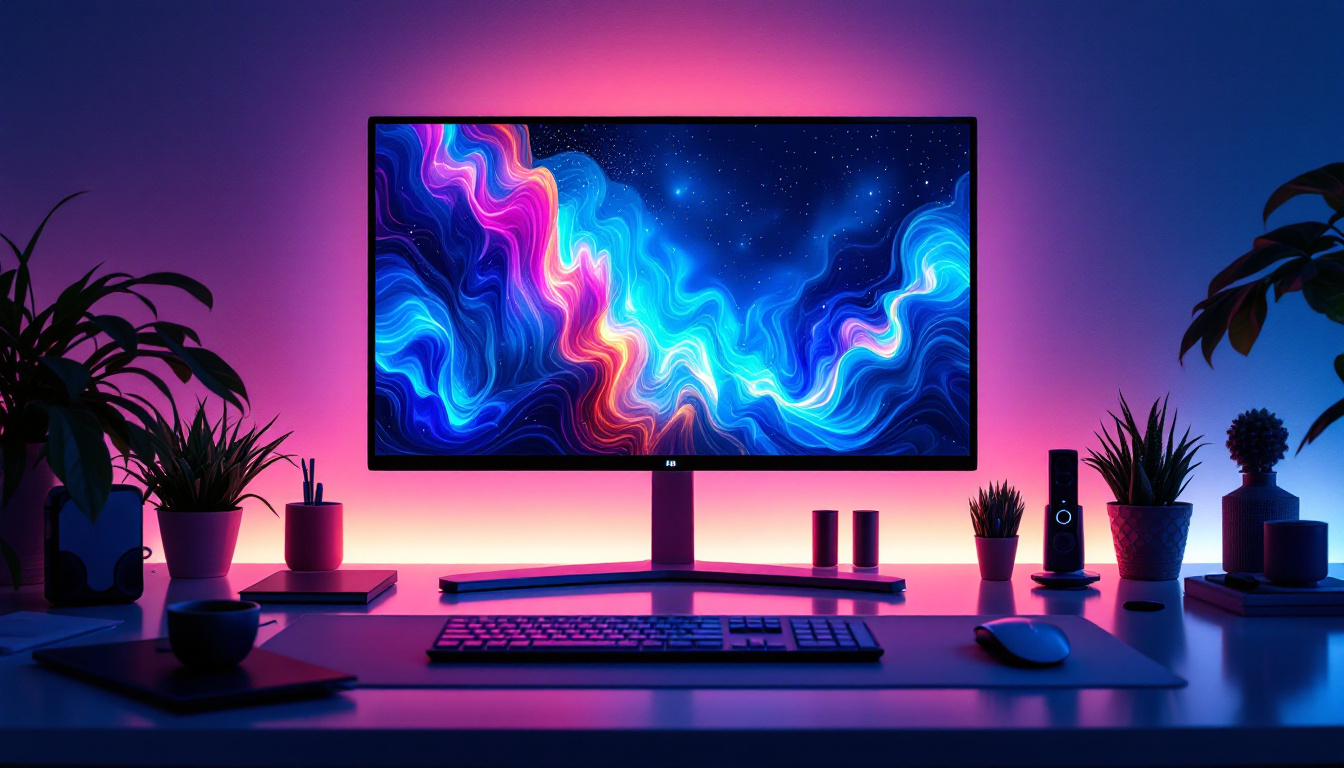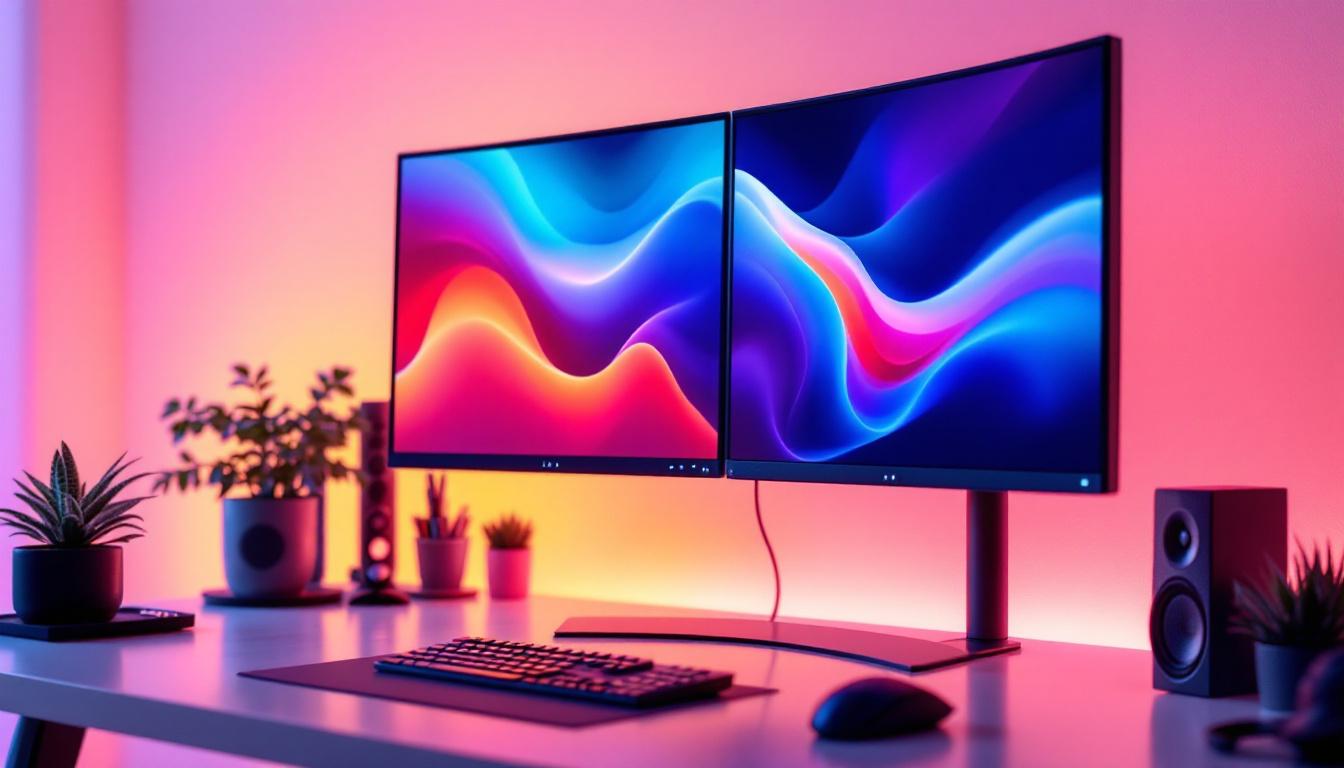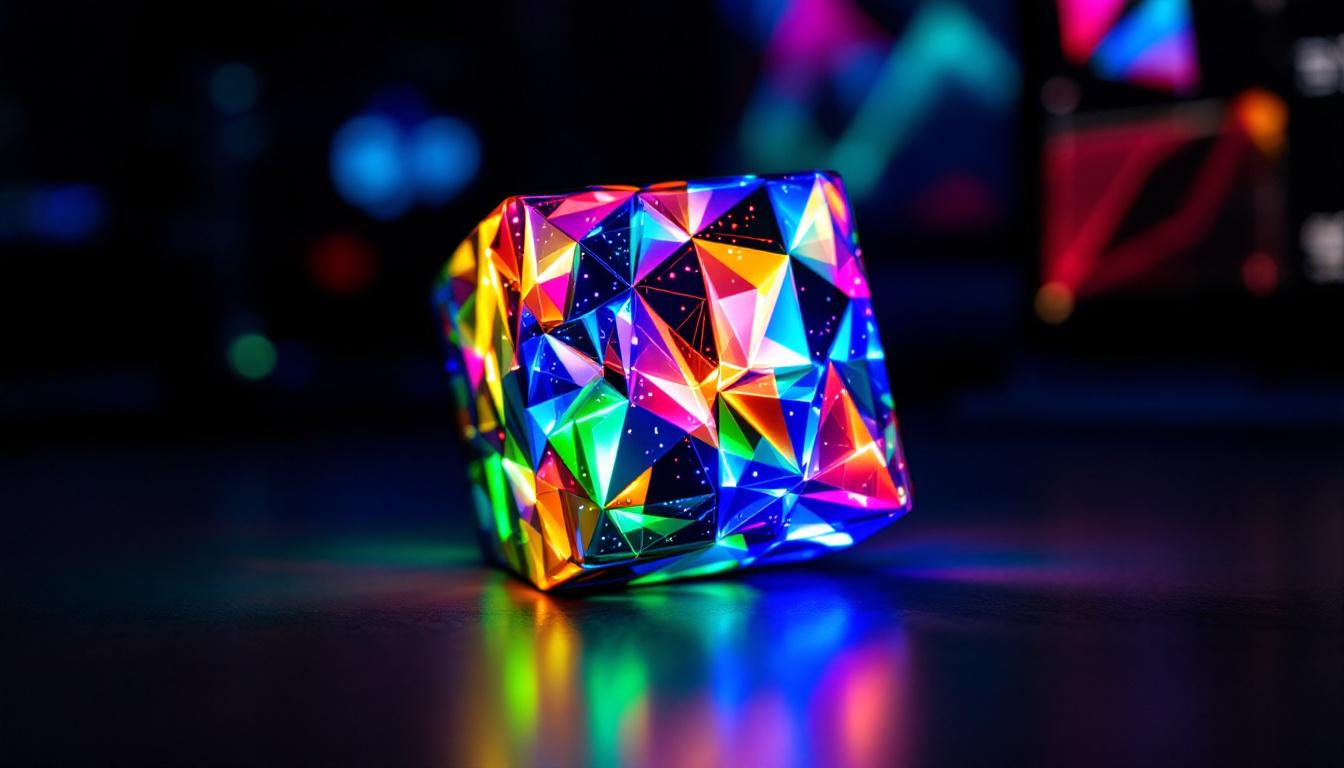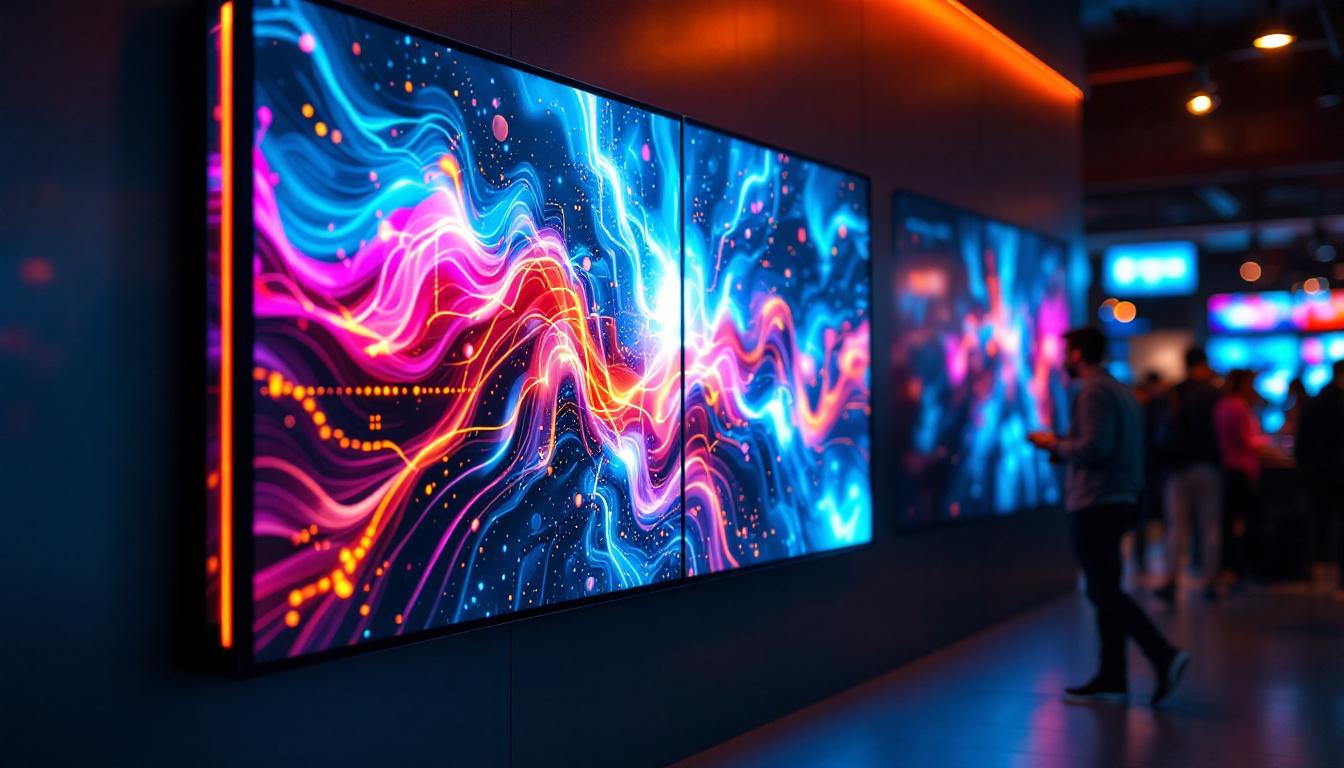In an era where visual communication is paramount, LED displays have emerged as a transformative technology. From vibrant advertisements on city streets to dynamic presentations in conference rooms, LED displays are everywhere. This article delves into the fascinating world of LED displays, exploring their technology, applications, and the future they promise.
Understanding LED Technology
What is an LED?
LED stands for Light Emitting Diode. This semiconductor device emits light when an electric current passes through it. Unlike traditional incandescent bulbs, which generate light through heat, LEDs are highly efficient and produce minimal heat, making them an ideal choice for various applications.
The fundamental principle behind an LED is electroluminescence, where electrons recombine with holes within the device, releasing energy in the form of photons. This process allows LEDs to produce bright light with lower energy consumption, contributing to their growing popularity in display technology. Furthermore, the lifespan of LEDs is significantly longer than that of incandescent bulbs, often exceeding 25,000 hours, which translates to years of use without the need for frequent replacements. This durability not only reduces waste but also lowers maintenance costs in both residential and commercial settings.
Types of LED Displays
LED displays come in various types, each tailored for specific uses. The most common types include:
- Direct View LED (DVLED): These displays consist of individual LED modules that are directly visible to the viewer. They are often used for large-scale outdoor advertising and digital billboards.
- LED-backlit LCD: This type uses LEDs to illuminate an LCD panel. It is commonly found in televisions and computer monitors, providing enhanced brightness and contrast compared to traditional backlighting.
- Organic LED (OLED): OLED displays utilize organic compounds that emit light. They are known for their superior color accuracy and contrast ratios, making them popular in high-end televisions and smartphones.
In addition to these common types, there are also specialized LED displays such as MicroLED and MiniLED. MicroLED technology utilizes microscopic LEDs to create incredibly high-resolution displays that offer exceptional brightness and color performance, ideal for immersive viewing experiences. MiniLED, on the other hand, enhances traditional LCD displays by using smaller LED backlights, which allows for better local dimming and improved contrast, making it a compelling choice for high-end monitors and televisions.
How LED Displays Work
At the core of an LED display is a matrix of tiny LEDs arranged in a grid. Each LED corresponds to a pixel on the screen, and by controlling the intensity of each LED, the display can create a wide range of colors. The combination of red, green, and blue (RGB) LEDs allows for the creation of millions of color variations, resulting in stunning visuals.
To drive the LEDs, a controller processes the input signal from a video source, such as a computer or a broadcasting system. This controller determines how each LED should light up, ensuring that the display shows the intended image or video accurately. The rapid response time of LEDs also allows for smooth motion rendering, making them ideal for applications like gaming and live sports broadcasts. Additionally, advancements in technology have led to the development of smart LED displays that can integrate with IoT devices, enabling features like remote monitoring and automated adjustments based on ambient lighting conditions.
Applications of LED Displays
Advertising and Marketing
One of the most prominent applications of LED displays is in advertising. Businesses leverage the vibrant colors and high visibility of LED screens to capture the attention of potential customers. Outdoor LED billboards can display dynamic content, such as videos and animations, making advertisements more engaging.
Moreover, LED displays can be easily updated with new content, allowing businesses to promote time-sensitive offers or events without the need for physical changes to their signage. This flexibility is a significant advantage in the fast-paced world of marketing.
Entertainment and Events
In the entertainment industry, LED displays have revolutionized the way audiences experience live events. Concerts, sports games, and festivals utilize large-scale LED screens to enhance the visual experience. These displays can show live feeds, graphics, and animations, creating an immersive environment for attendees.
Furthermore, LED technology allows for creative stage designs, where screens can be integrated into the set itself, providing dynamic backgrounds that change throughout the performance. This versatility has made LED displays a staple in modern entertainment venues.
Corporate and Educational Use
LED displays are increasingly being adopted in corporate settings for presentations and meetings. Their ability to deliver high-quality visuals ensures that information is conveyed clearly and effectively. Interactive LED screens can also facilitate collaboration, allowing multiple users to engage with the content simultaneously.
In educational institutions, LED displays serve as powerful teaching tools. They can display educational videos, interactive lessons, and real-time data, enhancing the learning experience for students. The bright and vivid visuals help maintain student engagement, making lessons more impactful.
Benefits of LED Displays
Energy Efficiency
One of the most significant advantages of LED displays is their energy efficiency. LEDs consume significantly less power compared to traditional display technologies, such as LCDs and CRTs. This not only reduces operational costs but also contributes to environmental sustainability by lowering carbon footprints.
As energy costs continue to rise, the adoption of energy-efficient technologies like LED displays becomes increasingly attractive for businesses and organizations looking to cut expenses while being eco-friendly.
Longevity and Durability
LED displays are known for their longevity. With a lifespan that can exceed 100,000 hours, they outlast many other display technologies. This durability makes them a cost-effective investment, as they require less frequent replacement.
Moreover, LED displays are robust and can withstand harsh environmental conditions, making them suitable for both indoor and outdoor applications. Their resistance to shock and vibration further enhances their reliability in demanding settings.
High-Quality Visuals
LED displays are celebrated for their exceptional image quality. With high brightness levels, they remain visible even in direct sunlight, making them ideal for outdoor use. The ability to produce vibrant colors and deep contrasts ensures that content is displayed with clarity and impact.
Additionally, advancements in LED technology have led to improvements in resolution, allowing for finer pixel pitches. This means that even at close viewing distances, images remain sharp and detailed, enhancing the viewer’s experience.
Challenges and Considerations
Initial Costs
Despite their many advantages, the initial investment in LED display technology can be significant. High-quality LED screens, particularly large-scale installations, require substantial upfront costs. This can be a barrier for small businesses or organizations with limited budgets.
However, it is essential to consider the long-term savings associated with energy efficiency, durability, and reduced maintenance costs. Over time, the return on investment can justify the initial expenditure, making LED displays a wise financial decision.
Installation and Maintenance
Installing LED displays, especially large ones, can be complex and may require professional expertise. Proper installation is crucial to ensure optimal performance and longevity. Additionally, maintenance is necessary to keep the displays functioning correctly, which may involve cleaning, software updates, and repairs.
Organizations must factor in these considerations when planning to implement LED display technology. Partnering with experienced vendors can help streamline the installation and maintenance processes, ensuring a smooth experience.
Content Management
Another challenge associated with LED displays is content management. Creating engaging and high-quality content that resonates with the target audience is essential for maximizing the impact of the display. Organizations must invest time and resources into content creation, which can be a daunting task.
Fortunately, various software solutions are available to facilitate content management, allowing users to schedule updates, create dynamic displays, and monitor performance. Leveraging these tools can simplify the process and enhance the effectiveness of LED displays.
The Future of LED Displays
Technological Advancements
The future of LED display technology looks promising, with ongoing advancements paving the way for even more innovative solutions. Developments in microLED technology, for instance, promise to deliver higher resolution displays with improved efficiency and flexibility.
Additionally, the integration of artificial intelligence (AI) into LED display systems is expected to enhance content personalization and interactivity. This could lead to more engaging experiences for viewers, as displays become capable of adapting content based on audience behavior and preferences.
Integration with Smart Technologies
As the world becomes increasingly interconnected, the integration of LED displays with smart technologies is on the rise. Smart cities, for example, are utilizing LED displays for real-time information dissemination, such as traffic updates and emergency alerts.
In retail environments, smart LED displays can analyze customer behavior and preferences, enabling targeted advertising that resonates with shoppers. This level of integration not only enhances the effectiveness of marketing efforts but also improves the overall customer experience.
Environmental Considerations
As sustainability becomes a global priority, the LED industry is also focusing on eco-friendly practices. Manufacturers are exploring ways to reduce waste during production and improve the recyclability of LED components. This shift towards sustainability aligns with the growing demand for environmentally responsible technologies.
Furthermore, the energy efficiency of LED displays contributes to reducing overall energy consumption, making them a more sustainable choice compared to traditional display technologies. As awareness of environmental issues continues to rise, LED displays are likely to play a crucial role in promoting greener practices across various industries.
Conclusion
LED displays have undoubtedly transformed the way information and entertainment are presented. Their energy efficiency, longevity, and high-quality visuals make them an attractive option for a wide range of applications. While challenges such as initial costs and content management exist, the benefits far outweigh the drawbacks.
As technology continues to evolve, LED displays will become even more integrated into our daily lives, enhancing communication and engagement in ways we can only begin to imagine. Embracing this technology today can lead to a brighter, more connected future.
Illuminate Your Space with LumenMatrix
Ready to elevate your visual communication with cutting-edge LED technology? Discover LumenMatrix’s innovative LED display solutions, from vibrant Indoor and Outdoor LED Wall Displays to dynamic Vehicle and Sports LED Displays. Whether you’re looking to captivate your audience with a Custom LED Display or streamline your message with an All-in-One LED Display, LumenMatrix is your partner in creating unforgettable visual experiences. Check out LumenMatrix LED Display Solutions today and transform your space into a beacon of engagement.

